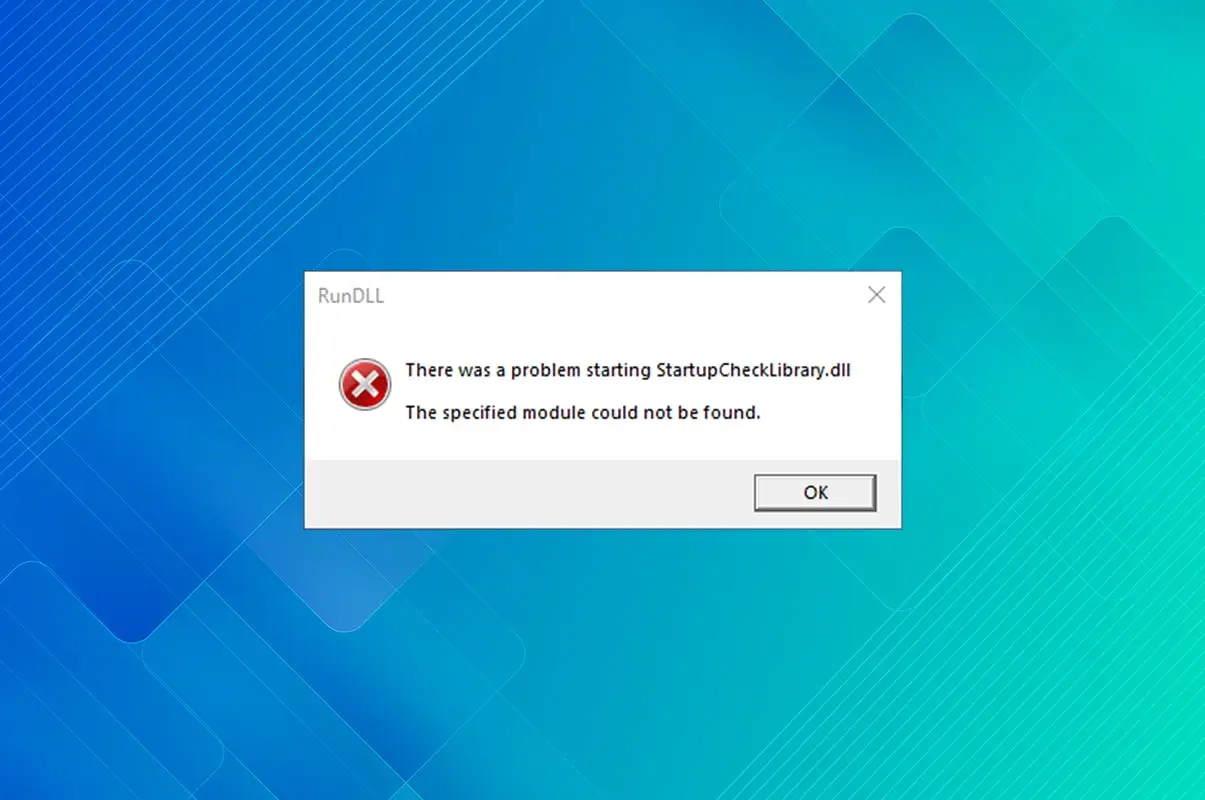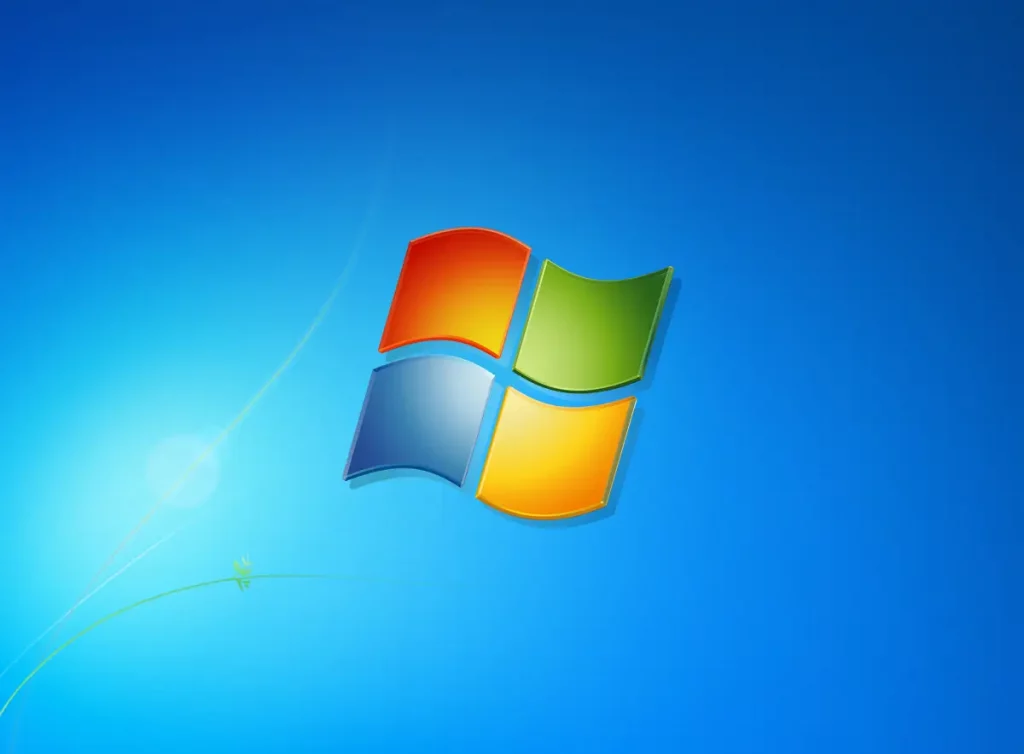Whenever you reboot or turn on your computer, various processes, services, and files work together to ensure the booting process goes smoothly. If any of these processes or files become corrupt or go missing, issues are likely to occur. After updating to Windows 10 version 1909, several users reported encountering an error message that reads, There was a problem starting StartupCheckLibrary.dll. The specified module could not be found. after every reboot. This guide will help you fix this issue.
How to Fix StartupCheckLibrary.dll Missing Error
The error message indicates that the StartupCheckLibrary.dll file is missing. This file assists Windows during system startup and is responsible for running startup files. It is an official Microsoft system file located in the C:\Windows\System32 directory along with other DLL files.
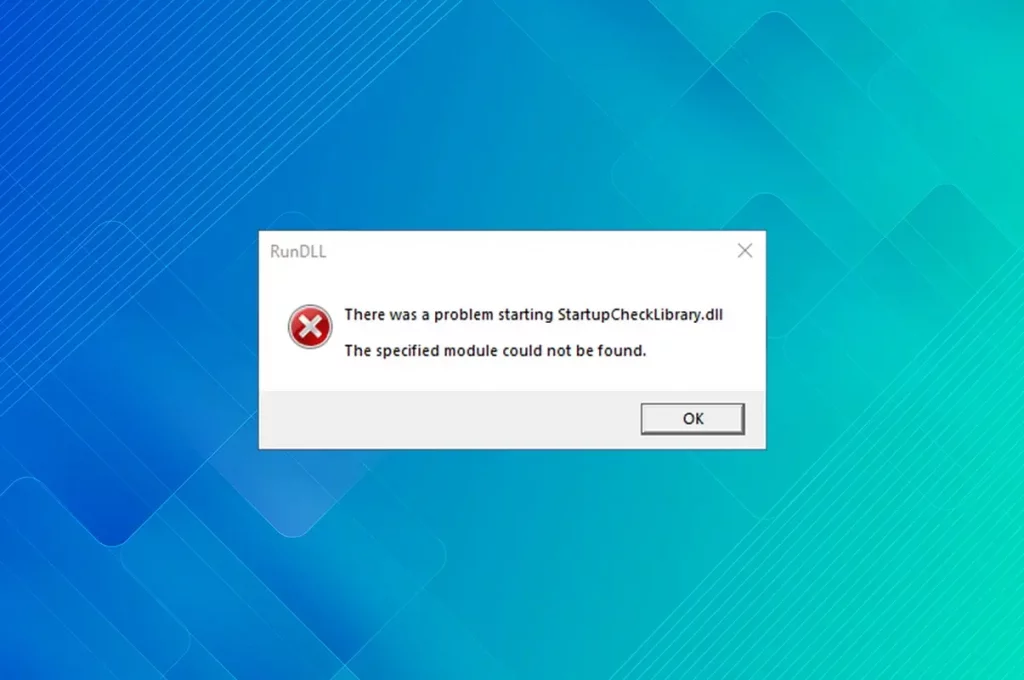
However, this file has been heavily linked with computer trojans. The malware version of the .dll file may enter your system through pirated copies of programs and games.
- Antivirus programs might quarantine a suspicious StartupCheckLibrary.dll file, triggering this error.
- Issues with certain Windows OS files or bugs in the latest Windows update can also cause this problem.
Method 1: Restore .dll file from Quarantined Threats
As previously mentioned, the StartupCheckLibrary.dll file might be infected by a virus, causing your antivirus program to mark it as a threat and quarantine it. This action prevents the file from causing further damage to your PC. If the StartupCheckLibrary.dll has indeed been quarantined, releasing it could resolve the issue. However, ensure the .dll file is legitimate before restoring it.
1. Press the Windows key, type Windows Security, and click on Open.
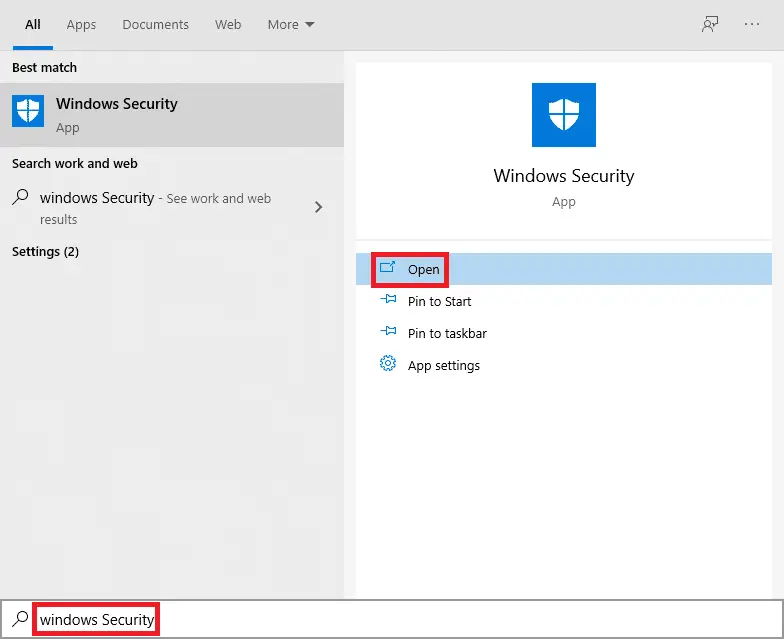
2. Click on the Virus & threat protection option.
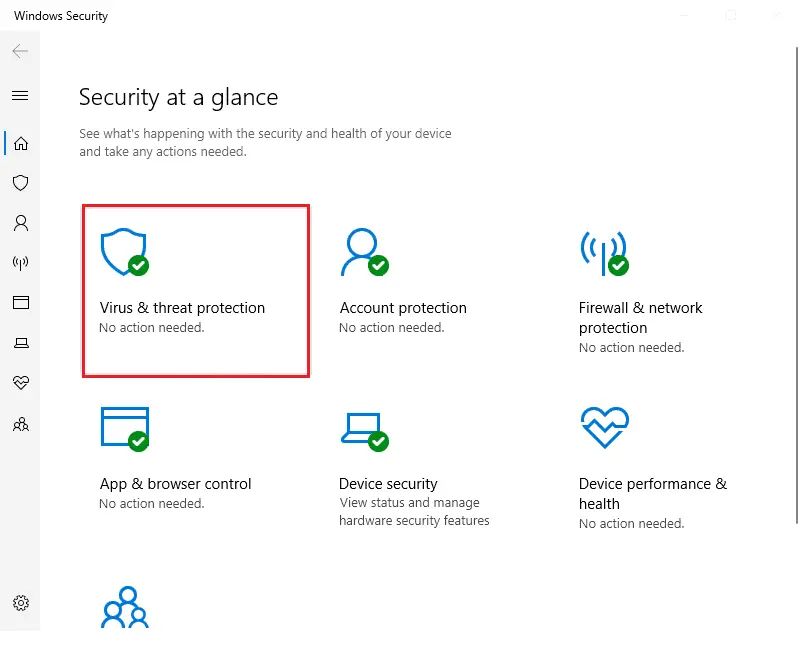
3. Click on Protection history.
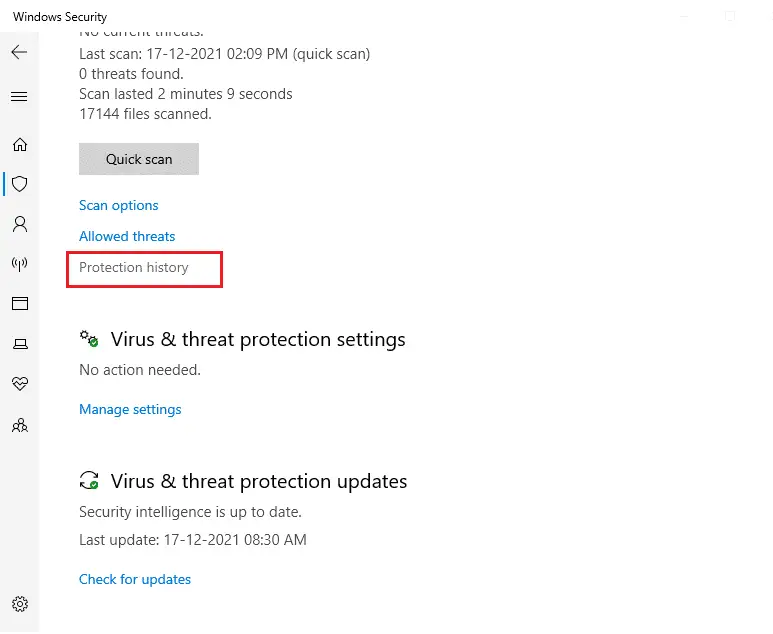
4. Open all Threat removed or restored entries and check if StartupCheckLibrary.dll is among the affected items. If it is, verify whether the quarantined StartupCheckLibrary.dll file is a trojan or an official Microsoft file.
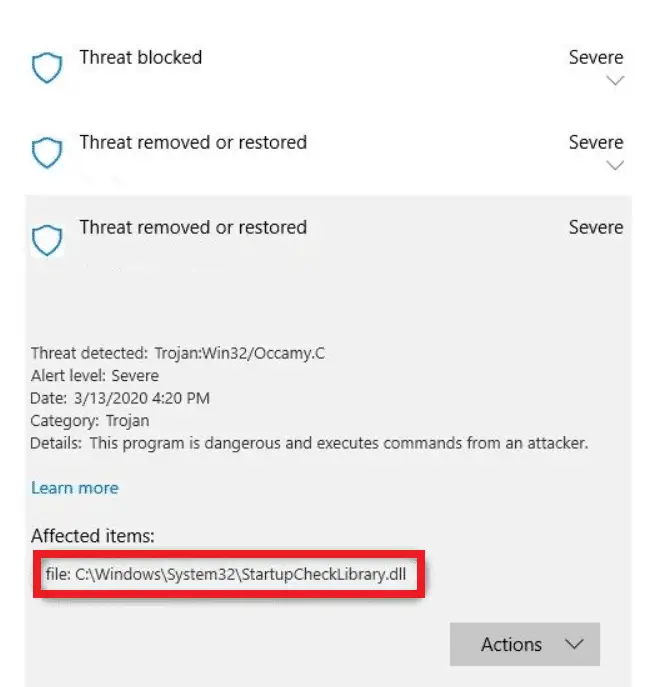
5. Press Windows + E keys together to open File Explorer and navigate to the C:\Windows\System32 folder.
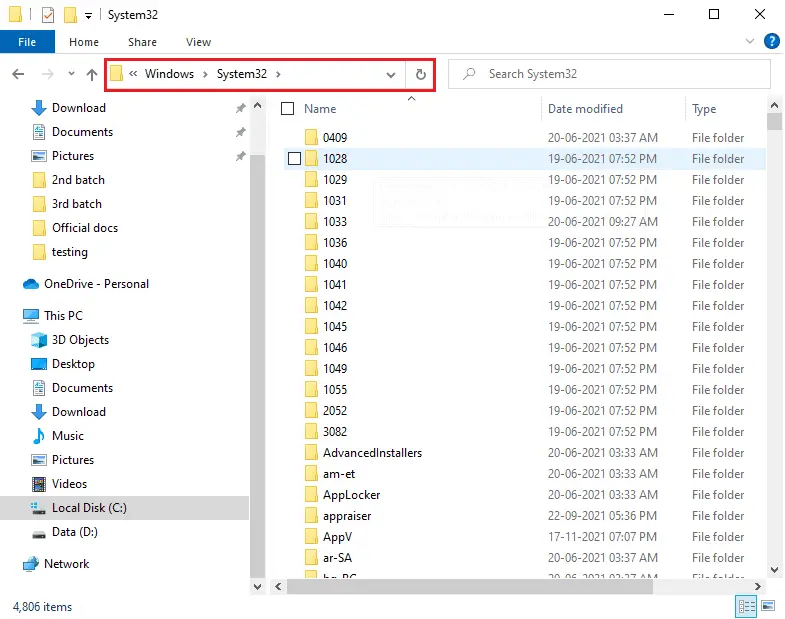
6. Locate the StartupCheckLibrary.dll file.
7. Upload the file to a virus-checker website such as VirusTotal, Hybrid Analysis, or Metadefender to verify its integrity.
8. If the file is legitimate, follow steps 1-4 to return to the Threat removed or restored entries page.
9. Click on Actions > Restore to restore the StartupCheckLibrary.dll file from Quarantine.
Also Read: Fix VCRUNTIME140.dll is Missing from Windows 10
Method 2: Perform SFC and DISM Scans
You might be surprised by how often system files on Windows become corrupt or go missing. This typically occurs due to the installation of bootlegged software, but occasionally, a buggy Windows update can also corrupt OS files. Fortunately, Windows 10 includes built-in tools like the System File Checker (SFC) and Deployment Image Servicing and Management (DISM) to repair corrupt system files and images. Let’s use these tools to fix the error.
1. Press the Windows key, type Command Prompt, and click on Run as administrator.
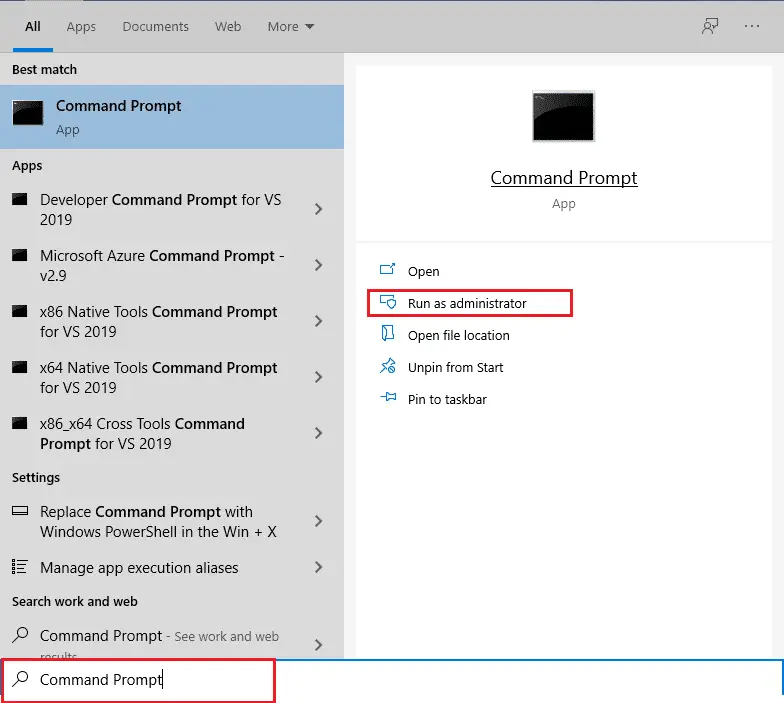
2. Click Yes in the User Account Control prompt.
3. Type sfc /scannow and press the Enter key to run the System File Checker scan.
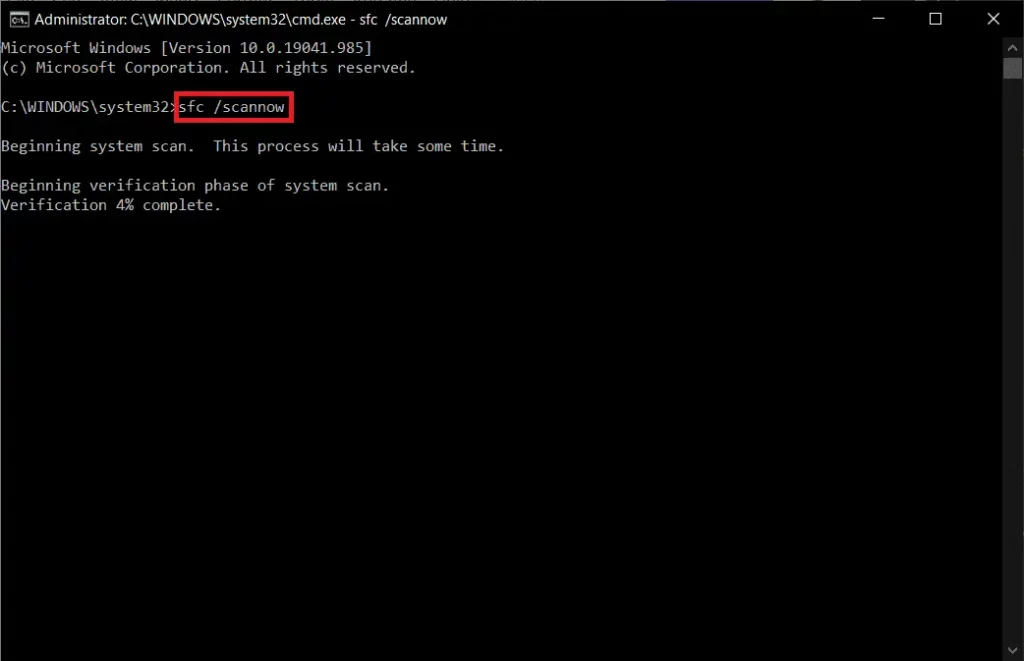
Note: A system scan will begin, which may take several minutes to complete. You can continue other activities, but avoid accidentally closing the window.
4. Once the scan is finished, restart your PC.
Check whether the StartupCheckLibrary.dll module is missing error persists. If it does, follow these steps:
5. Open Command Prompt as administrator again and execute the following commands one after the other:
dism.exe /Online /cleanup-image /scanhealth dism.exe /Online /cleanup-image /restorehealth dism.exe /Online /cleanup-image /startcomponentcleanupNote: You need a working internet connection to execute DISM commands successfully.
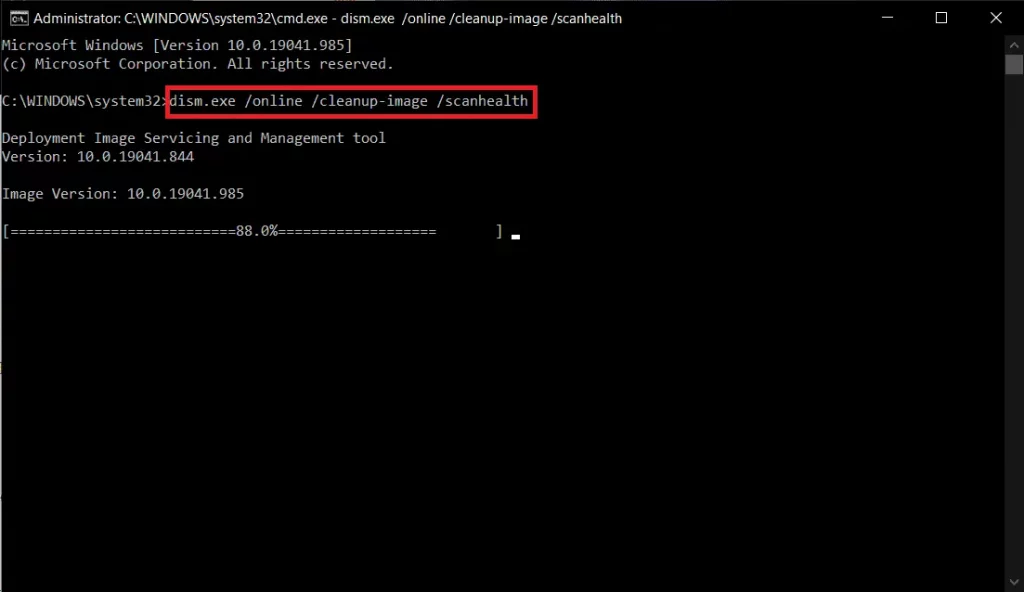
Method 3: Delete StartUpCheckLibrary.dll file
It’s possible that StartupCheckLibrary.dll has been completely removed from your computer by your antivirus program or a recent Windows update. However, some scheduled tasks might still try to run it, leading to the StartupCheckLibrary.dll module is missing error. You can manually clear traces of the .dll file by:
- Editing the Windows Registry Editor and deleting related tasks in Task Scheduler
- Or, using Microsoft Autoruns for this purpose.
1. Open the Microsoft Autoruns webpage in your preferred web browser.
2. Click on Download Autoruns and Autorunsc.
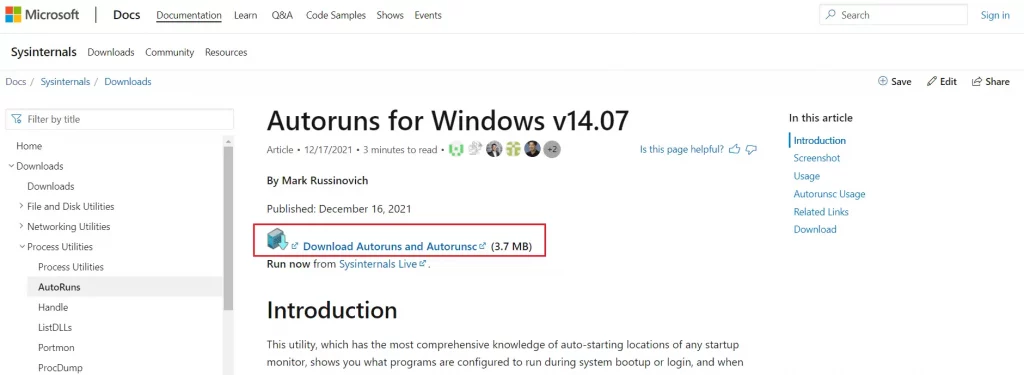
3. Right-click the Autoruns file and choose Extract to Autoruns\.
Note: Depending on your system architecture, choose Autoruns or Autoruns64.
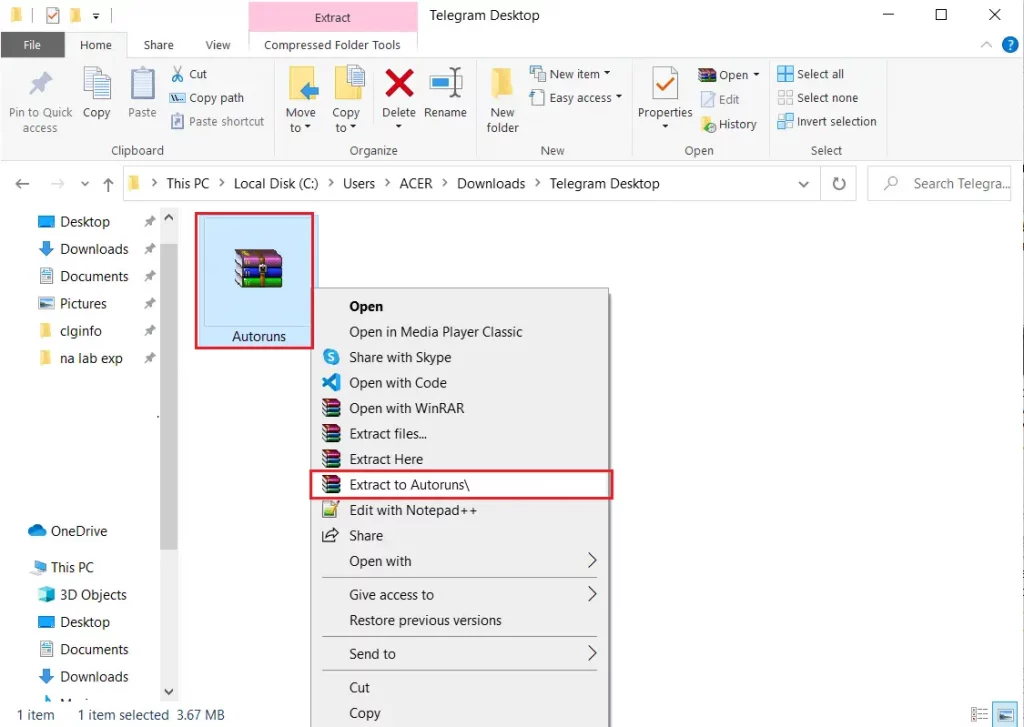
4. After the extraction process is complete, right-click Autoruns64 and select Run as Administrator from the context menu.
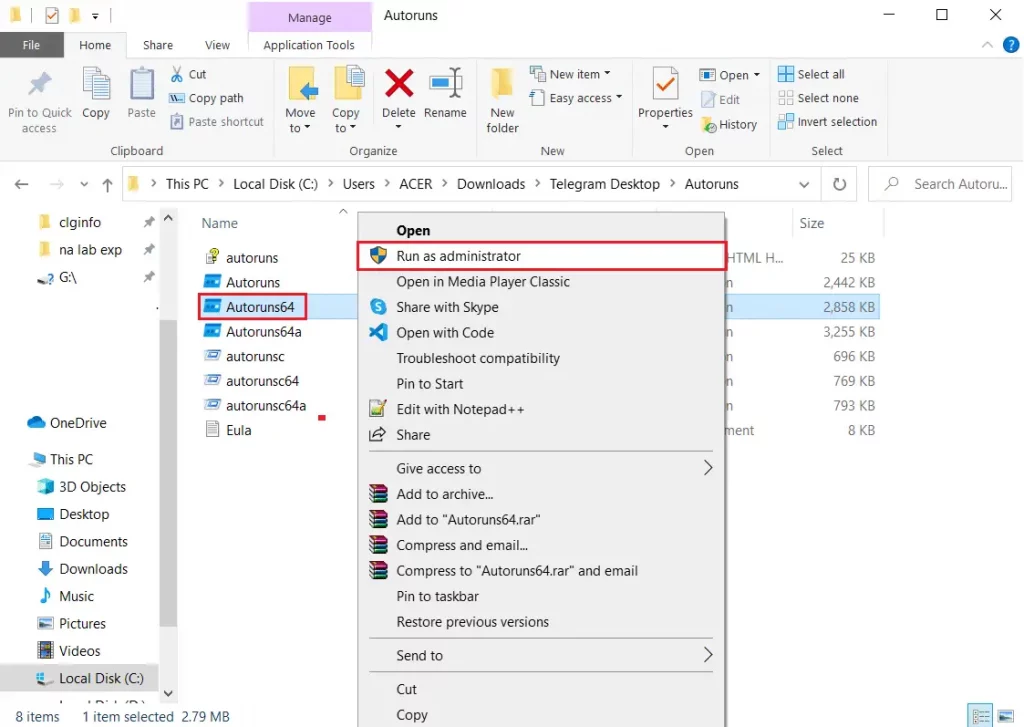
5. Locate StartupCheckLibrary. Either uncheck the entry or delete it, then restart your Windows 10 PC.
Note: The image below shows the MicrosoftEdgeUpdateTaskMachineCore entry as an example.
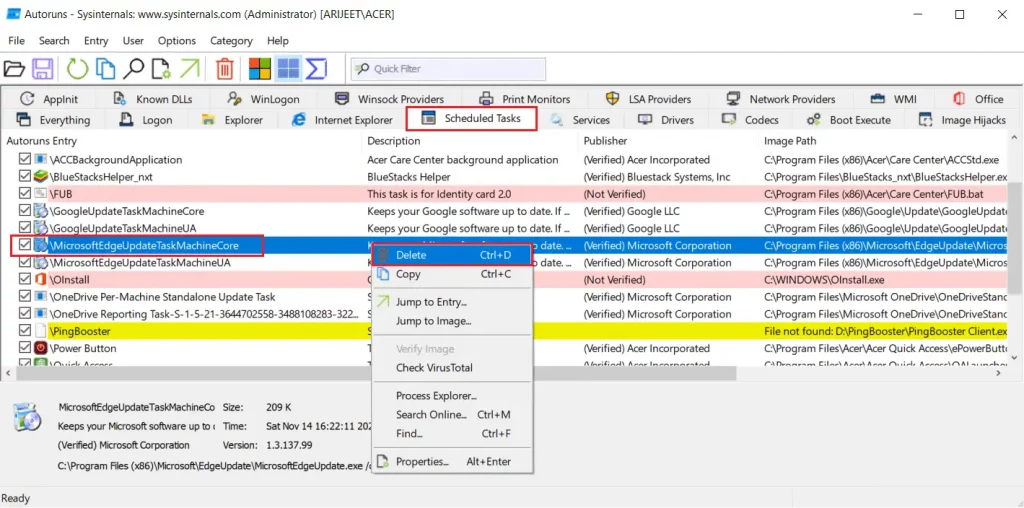
Method 4: Uninstall Windows Updates
If none of the above methods work, try reverting to a previous Windows build. If an update is available, install it first and see if the issue persists. You can also repair Windows 10 to try to fix the StartupCheckLibrary.dll missing error. To uninstall a recent Windows update, follow these steps:
1. Press Windows + I keys simultaneously to open Settings.
2. Click on the Update & Security tile.
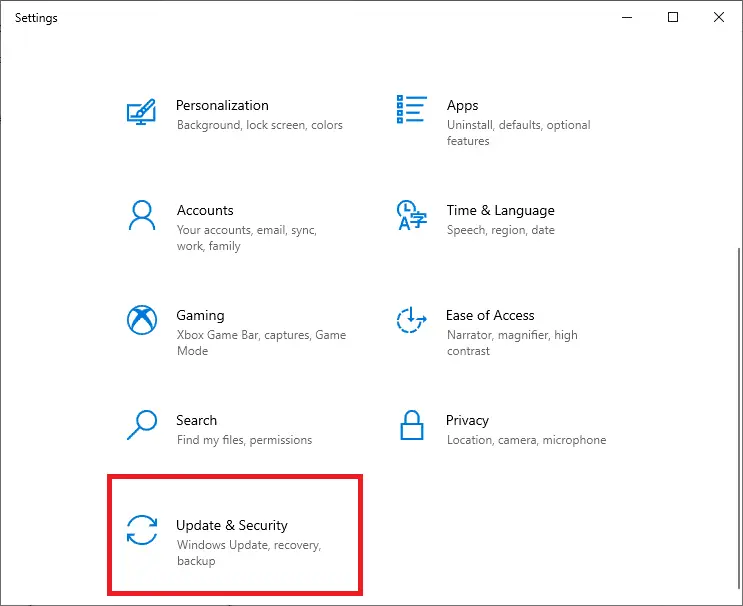
3. Go to the Windows Update tab, then click on View update history.
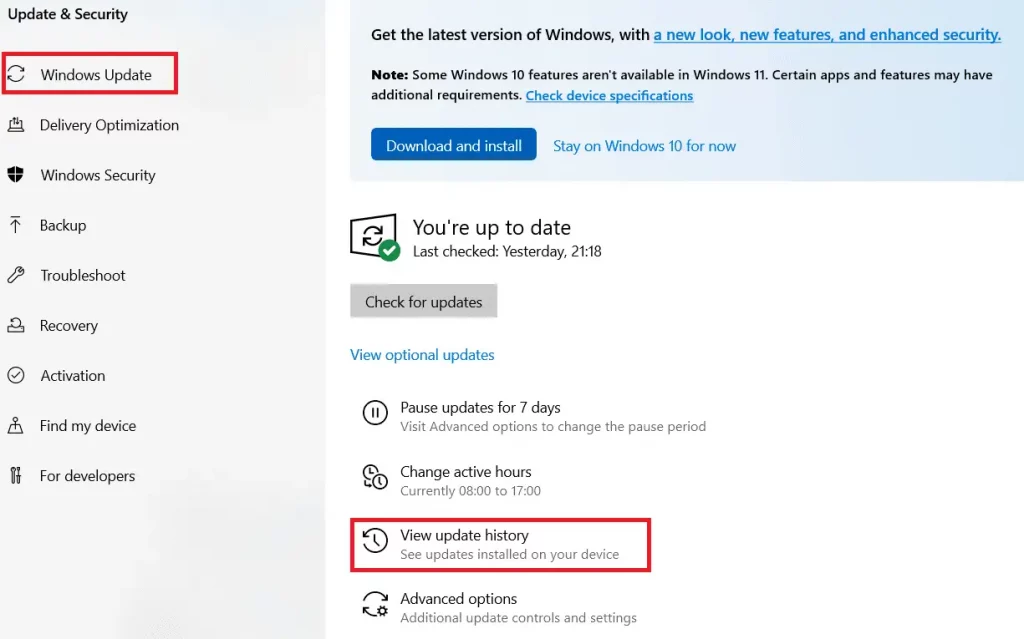
4. Click on Uninstall updates.
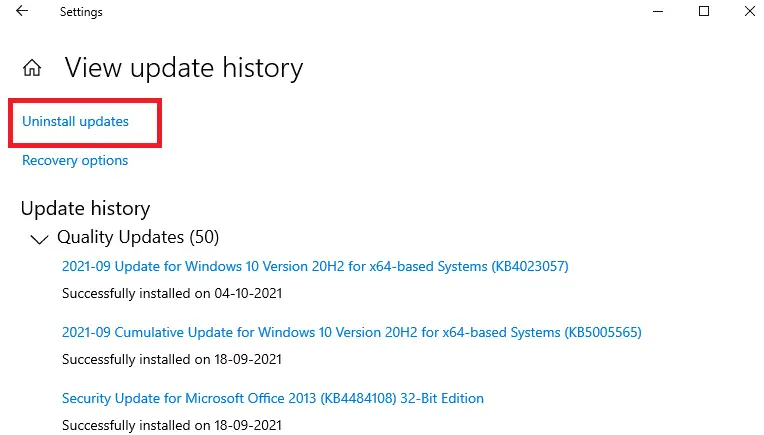
5. In the following window, click on the Installed On column header to sort updates by installation date.
6. Right-click the most recent Windows Update patch and select Uninstall.
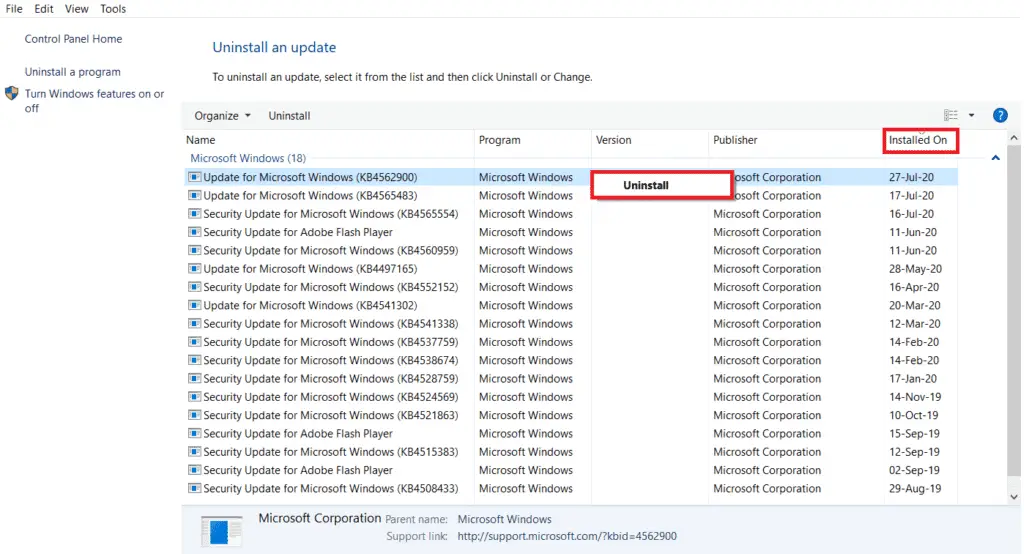
7. Follow the on-screen prompts to complete the uninstallation process.
Method 5: Reinstall Windows (Last Resort)
If all else fails, reinstalling Windows may be your best option to restore the missing file. Download the Windows Installation Media Creation Tool and follow the steps in our guide on How to do a Clean Install of Windows 10.
Note: Be cautious when downloading files from untrusted sources, as they may contain malware or viruses.

